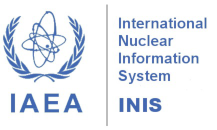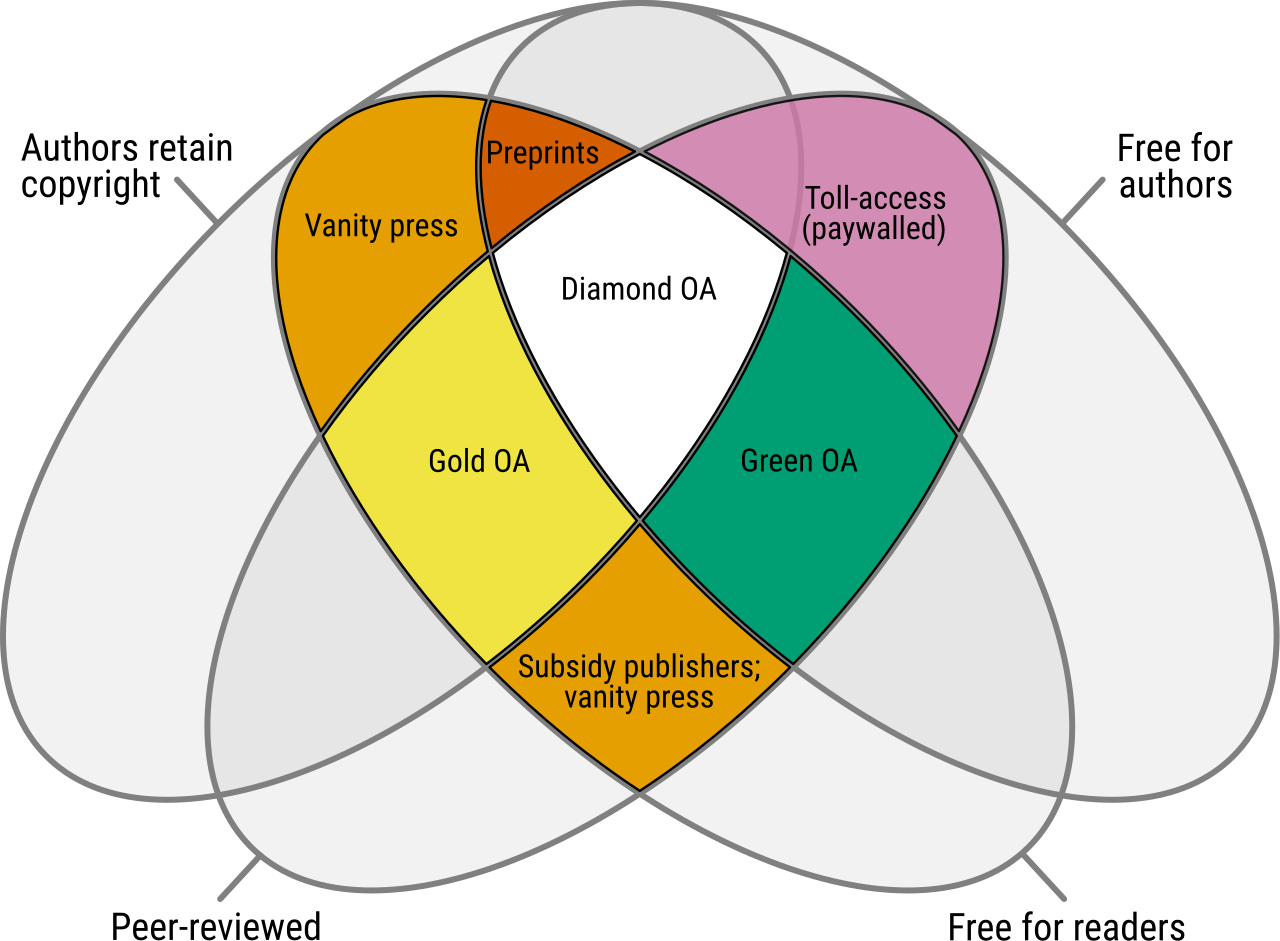Floating NPP for co-generation of electricity and water desalination in Brazil
DOI:
https://doi.org/10.15392/2319-0612.2024.2700Keywords:
SMR, FNPP, desalination, co-generationAbstract
Climate change, population growth, urbanization, agriculture demand, water pollution and inefficient water management practices exacerbate the problem of water scarce particularly in the semi-arid Northeast. Additionally, long-term planning and investment are essential to mitigate future water scarcity challenges as the demand for water continues to rise with population growth and economic development. Desalination in Brazil is typically done through conventional methods, such as reverse osmosis, but not through nuclear source. While Brazil has a robust nuclear energy program, primarily for electricity generation, the country does not use nuclear reactors for desalination purposes. The objective of the present analysis of the inclusion of a project of a floating nuclear power plant (FNPP) in Brazil to co-generation of electricity and potable water by means of seawater desalination in residences and industries located in remote regions. This paper reviews recents works in the area of SMR and desalinization in Brazil. In addition, calls on investors, researchers, engineers, regulators, designers, stakeholders and decision-markets to open the debate about the the possibility of developing a national FNPP in the future.
Downloads
References
[1] INTERNATIONAL ATOMIC ENERGY AGENCY, Legal and Institutional Issues of Transportable Nuclear Power Plants: A Preliminary Study, IAEA: Vienna, Austria, 2013.
[2] BUONGIORNO, J. ET AL. The Offshore Floating Nuclear Plant Concept, Nuclear Technology, v. 194, n.1, 2016. DOI: https://doi.org/10.13182/NT15-49
[3] KIHWAN LEE, KANG-HEON LEE, JEONG IK LEE, YONG HOON JEONG , PHILL-SEUNG LEE , A new design concept for offshore nuclear power plants with enhanced safety features, Nuclear Engineering and Design, Vol. 254, pp. 129-141, January 2013. DOI: https://doi.org/10.1016/j.nucengdes.2012.09.011
[4] Floating Nuclear Power Plants: Benefits and Challenges discussed at IAEA Symposium, 14-15 November 2023. Available on: https://www.iaea.org/newscenter/news/floating-nuclear-power-plants-benefits-and-challenges-discussed-at-iaea-symposium.
[5] Curto, D.; Franzitta, V.; Guercio, A. A Review of the Water Desalination Technologies. Appl. Sci. 11, 670, 2021. https://doi.org/10.3390/app11020670. DOI: https://doi.org/10.3390/app11020670
[6] Schmidt, J.M., Gude, V.G., 2021. Nuclear cogeneration for cleaner desalination and power generation – A feasibility study. Clean. Eng. Technol. 2, 100044. DOI: https://doi.org/10.1016/j.clet.2021.100044
[7] INTERNATIONAL ATOMIC ENERGY AGENCY, Nuclear Power and the Clean Energy Transition, IAEA: Vienna, Austria, 2020.
[8] LYSENKO, M.N.; BEDENKO, V.M.; DALNOKI-VERESS, F.J., International legal regulations of floating nuclear power plants: Problems and prospects, Mosc. J. Int. Law, v. 3, p. 59–67, 2019. DOI: https://doi.org/10.24833/0869-0049-2019-3-59-67
[9] INGERSOLL D.T., HOUGHTON Z. J., BROMM R. AND DESPORTES C., NuScale Small Modular Reactor for Co-Generation of Electricity and Water, Desalination, v. 340, p. 84-93, 2014. DOI: https://doi.org/10.1016/j.desal.2014.02.023
[10] ALMOMANI B., ALKHALIDI A., OLABI A.G., JOUHAR H., Expert opinions on strengths, weaknesses, opportunities, and threats of utilizing nuclear reactor waste heat for water desalination, Desalination, v. 564, p. 116777, 2023. DOI: https://doi.org/10.1016/j.desal.2023.116777
[11] ACPR Small Modular Reactor (SMR) of CGNPC, Oct, 2016. https://nucleus.iaea.org/sites/INPRO/df13/Presentations/026_ACPR%20Small_Modular_Reactor_(SMR)_of_CGNPC_20161020-wanl.pdf
[12] INTERNATIONAL ATOMIC ENERGY AGENCY. Advances in Small Modular Reactor Technology Developments; A supplement to: Advanced Reactors Information System 2020 Edition; IAEA: Vienna, Austria, 2020.
[13] GUAL MARITZA. R, ROMBERG JR H. C., ARAUJO N. N. AND MATURANA M. C., A SWOT analysis of a Floating Nuclear Power Plant for electricity generation in Brazil, Brazilian Journal of Radiation Sciences, v. 11-4, p. 01-17, e2313, 2023. DOI: https://doi.org/10.15392/2319-0612.2023.2313
[14] GONZÁLEZ RODRÍGUEZ D., LIMA F.R.A., LIRA C. A. B. O. AND HERNÁNDEZ C. R. G., Exergetic evaluation of a conceptual design for hydrogen production and seawater desalination using an advanced nuclear reactor as energy source, International Journal of Exergy, v. 28, n. 4, 2019. DOI: https://doi.org/10.1504/IJEX.2019.099294
[15] GONZALEZ RODRIGUEZ D., LIRA C. A. B. O., LIMA F.R.A., HERNÁNDEZ C. R. G, Exergy study of hydrogen cogeneration and seawater desalination coupled to the HTR-PM nuclear reactor, International Journal of Hydrogen Energy, v. 48, p. 2483-2509, 2023. DOI: https://doi.org/10.1016/j.ijhydene.2022.10.162
[16] GONZALEZ RODRIGUEZ D, GUAL MARITZA R., ARAÚJO NATHALIA N. AND MATURANA MARCOS C., PWR-type Small Modular Reactor for co-generation of electricity and seawater desalination in Brazil, Presented in VII Semana Nacional de Engenharia Nuclear e da Energia e Ciências das Radiações – VII SENCIR, Belo Horizonte, Brasil, November 2024
[17] CHAN, MOON-HEE; SIM, SULK-KU; KWANG, YOUN-DONG, SMART - An advanced small integral PWR for nuclear desalination and power generation, In: GLOBAL'99: INTERNATIONAL CONFERENCE ON FUTURE NUCLEAR SYSTEMS - NUCLEAR TECHNOLOGY, Bridging the Millennia, Las Vegas, NV, United States, 29 Aug - 3 Sep 1999.
[18] CASA CIVIL. Programa de dessalinização do Governo Federal é reconhecido por associação internacional. Available at: https:// https://www.gov.br/casacivil/pt-br/assuntos/noticias/2020/setembro/programa-de-dessalinizacao-do-governo-federal-e-reconhecido-por-associacao-internacional#:~:text=No%20total%2C%20desde%20a%20implanta%C3%A7%C3%A3o,Nordeste%20e%20em%20Minas%20Gerais. Accessed on: 06 dez. 2024.
[19] INSTITUTO BRASILEIRO DE GEOGRAFIA E ESTATÍSTICA, Atlas geográfico das Zonas costeiras e oceanicas do Brasil, IBGE: Rio de Janeiro, Brasil, 2011.
[20] INTERNATIONAL ATOMIC ENERGY AGENCY, SMALL MODULAR REACTORS FOR MARINE-BASED NUCLEAR POWER PLANT, TECHNOLOGIES, DESIGNS AND APPLICATIONS, IAEA: Vienna, Austria, 2023.
[21] OUYANG KEHAN, CHEN WENZHEN AND HE ZHENGYAO, Analysis of the radioactive atmospheric dispersion induced by ship nuclear power plant severe accident,Annals of Nuclear Energy, Volume 127, Pages 395-399, 2019. DOI: https://doi.org/10.1016/j.anucene.2018.12.020
Downloads
Published
Issue
Section
Categories
License
Copyright (c) 2025 Maritza Rodríguez Gual, Hugo Romberg, Nathalia Nunes Araújo, Marcos Coelho Maturana

This work is licensed under a Creative Commons Attribution 4.0 International License.
Licensing: The BJRS articles are licensed under a Creative Commons Attribution 4.0 International License, which permits use, sharing, adaptation, distribution and reproduction in any medium or format, as long as you give appropriate credit to the original author(s) and the source, provide a link to the Creative Commons license, and indicate if changes were made. The images or other third party material in this article are included in the article’s Creative Commons license, unless indicated otherwise in a credit line to the material. If material is not included in the article’s Creative Commons license and your intended use is not permitted by statutory regulation or exceeds the permitted use, you will need to obtain permission directly from the copyright holder. To view a copy of this license, visit http://creativecommons.org/licenses/by/4.0/






















